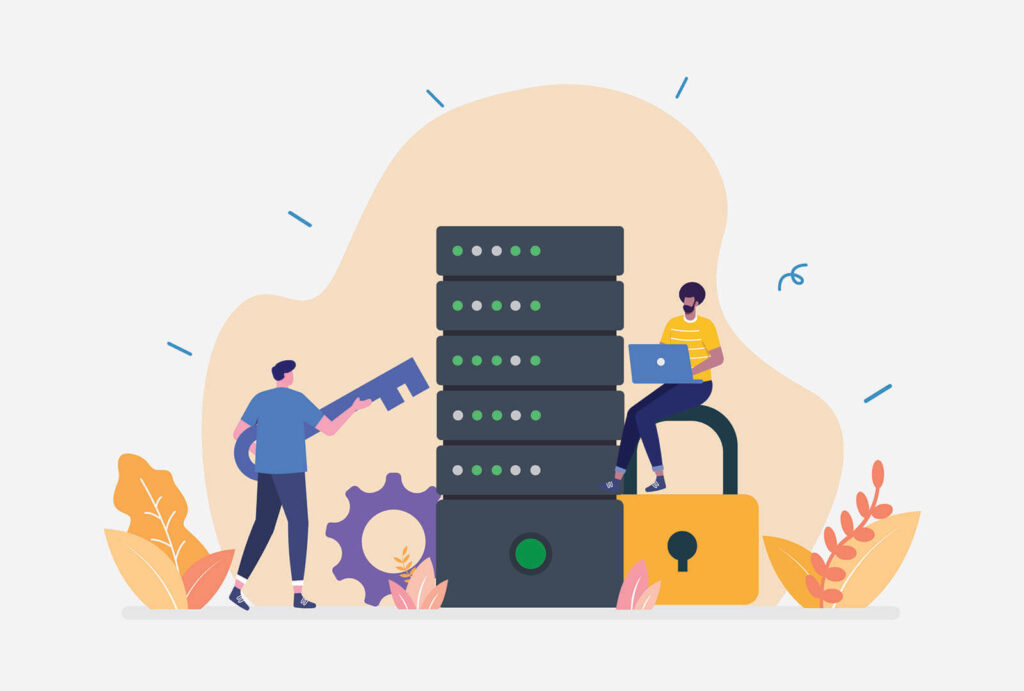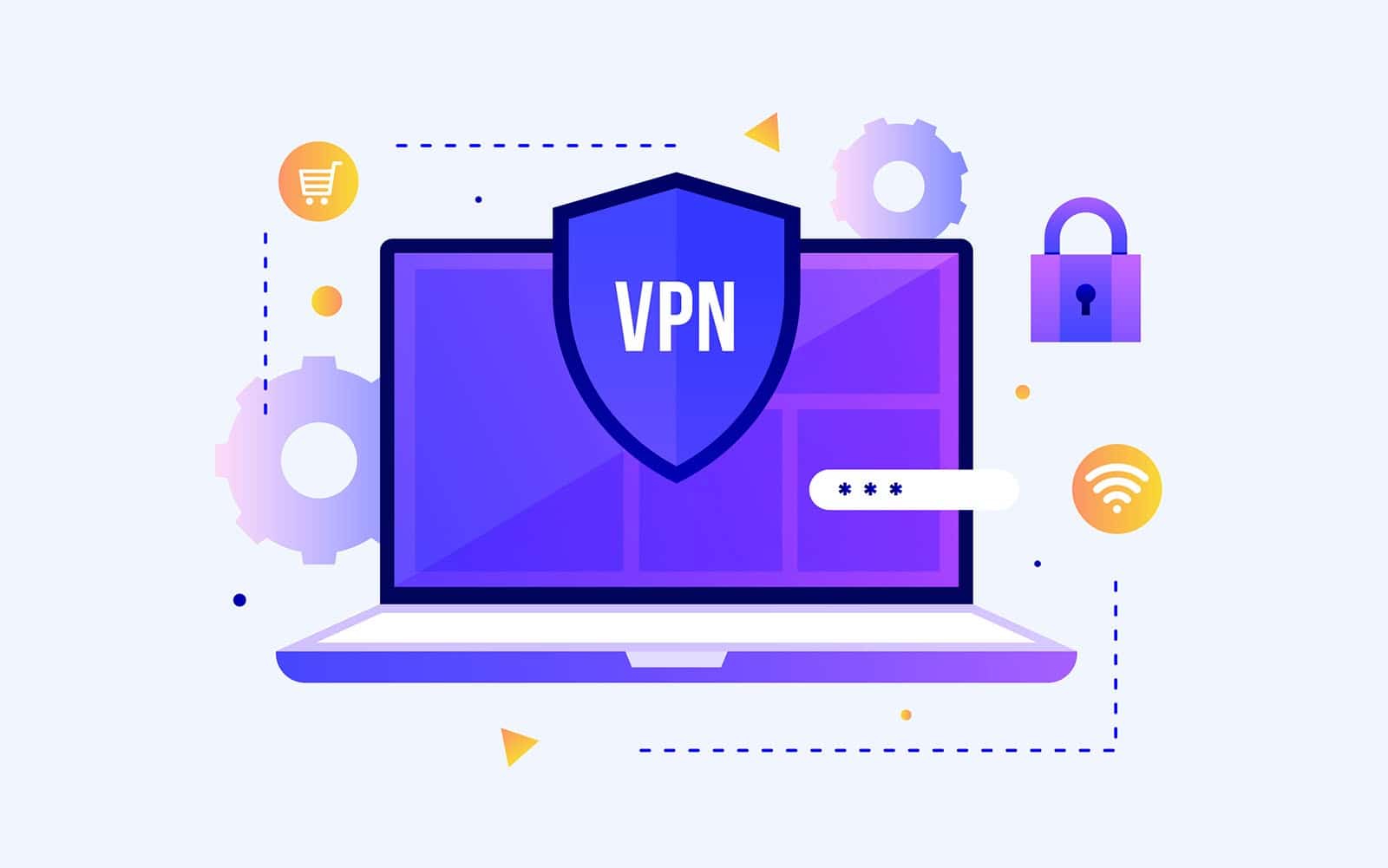When a VPN Provider Becomes the Story
In June 2023, popular VPN provider Windscribe found itself at the center of a legal firestorm. Greek authorities launched criminal proceedings against the company and its co-founder and CEO, Yegor Sak, after fraudsters used a Windscribe-owned server to gain unauthorized access to a Greek government system and send spam emails.
At the heart of the controversy was Windscribe’s strict no-logging policy, which prevented law enforcement from accessing critical user activity data during the investigation.
After a two-year legal battle, the case was dismissed earlier in 2025. However, it left behind a pressing question: how should organizations evaluate VPN traffic in a world where privacy and security often conflict?
Many organizations still rely on outdated, binary approaches: either blocking all VPN traffic or trusting it implicitly. That black-and-white mindset creates blind spots in threat models, allowing bad actors to slip through unnoticed.
It doesn’t have to be this way. With the right tools and a more nuanced mindset, organizations can adapt to today’s complex landscape. Let’s explore what Windscribe’s case revealed—and what it means for the future of VPN traffic management.
The Windscribe Case: Privacy vs. Public Safety
The Windscribe controversy underscores the growing tension between user privacy and public safety. Greek authorities treated the VPN provider as a co-conspirator because Windscribe enabled this crime to be committed using their technology and infrastructure.
Greek authorities later found out that Windscribe protected the criminals by having a “no logging policy”. This policy was in place under the guise of the “privacy” of the users.
This is why the Greek authorities ultimately lost the case. Privacy won out. But so did criminal activity using VPNs with a no-logging policy.
This raises an urgent question for businesses: How can organizations respect user privacy while also preventing fraud and malicious activity?
For security teams, the takeaway is clear: unquestioningly blocking VPN traffic is no longer a viable strategy.
Instead, organizations must analyze the context behind VPN usage to determine which connections are legitimate and which are not. This involves distinguishing between those who use a VPN solely to encrypt their traffic from others to see and those who intend to hide their malicious online behavior, which could signal a risk.
Users who rely on VPNs to encrypt their traffic are typically less concerned about the VPN provider having limited visibility, especially when safeguards are in place to prevent that data from being used for ads or other purposes. Given the choice between being blocked for using a VPN or maintaining access, most will choose a provider that protects their privacy while keeping the door open.
Malicious actors, on the other hand, intentionally avoid VPNs that log user activity. Anonymity is part of their threat model, and any traceable footprint increases their risk of detection.
This is undoubtedly a nuanced view, but the advent of special-purpose VPNs and the maturation of the internet require that cybersecurity professionals approach VPNs with a nuanced perspective.

The Flaw in Blanket VPN Policies
For years, the prevailing wisdom in cybersecurity was simple: all VPN traffic carries risk. To mitigate potential threats, many organizations either block VPN connections entirely or permit them without question. This binary approach might have been sufficient in an era when VPNs were niche tools for tech-savvy users.
But times have changed. VPNs are no longer confined to a small, tech-savvy audience. They’ve entered the public consciousness in a big way, promoted on YouTube by influencers, featured in Super Bowl commercials, and adopted by everyday users for work, streaming, and online privacy. VPNs have gone mainstream—accessible to almost anyone, even with minimal technical know-how.
This ubiquity creates new challenges. Blanket-blocking VPNs alienate legitimate users who rely on them for privacy and convenience. Yet indiscriminately trusting all VPN traffic leaves organizations vulnerable to fraudsters who deliberately choose no-log VPNs to stay untraceable.
In a world where sophisticated attackers hide in plain sight among regular traffic, security teams can no longer rely on blunt, all-or-nothing policies. The answer lies in adopting a more nuanced and context-driven approach to managing VPN traffic.
Moving Beyond Binary: Context Is the New Security Imperative
Not all VPNs present the same level of risk. Certain features—such as no-logging policies—can raise red flags, yet many organizations still fall back on the old binary mindset: either block all VPN traffic or allow it unchecked.
This is where context becomes essential. With the right intelligence, security teams can assess VPN traffic based on behavior and intent, not just broad labels like ‘VPN’ or ‘proxy’, to identify potential threats.
Nodify’s IP Characteristics database provides the insights necessary to distinguish signal from noise. Instead of blanket blocking, security professionals should:
- Move beyond “block all VPNs” thinking.
- Include contextual information about VPNs in decision algorithms
- Weigh multiple risk signals to make smarter, defensible decisions.
Consider this scenario:
Two IP addresses attempt to access your platform.
- One comes from a VPN that logs user activity.
- The other uses a no-log VPN
Which one poses a greater risk?
Here’s the hard truth: bad actors don’t want to be detected. It’s jail time for them if they’re detected. Those who choose to allow a VPN to see what sites they visit and what they do on those sites are weighing their actions against the potential outcomes.
Legitimate users will opt for VPNs that protect their privacy while still allowing access, unlike bad actors, who seek total anonymity to avoid detection.
If platforms block all no-log VPNs, legitimate users may be forced to choose VPN services that do log their activity, but still maintain their privacy, while bad actors simply find new ways to stay hidden.

Proactive Security in an Evolving Threat Landscape
As VPN usage expands and threat tactics grow more sophisticated, organizations can no longer rely on static, one-size-fits-all approaches to network security. Moving beyond reactive defenses requires tools that deliver context, allowing security teams to evaluate traffic patterns, detect anomalies early, and distinguish legitimate users from bad actors.
Nodify provides a nuanced perspective on VPN and proxy traffic, enabling businesses to close critical gaps in their threat models and build smarter, more adaptive risk strategies. Its IP Characteristics database provides rich contextual insights, giving teams the data needed to track patterns such as excessive device activity, persistence, and unusual geolocation shifts, to distinguish legitimate users from potential threats.
Despite this, many organizations continue to rely on blunt strategies that either block all VPN traffic or open the door to fraudsters. By underutilizing advanced intelligence, organizations leave gaps in their defenses and risk eroding user trust.
By leveraging Nodify’s insights, security teams can transition from reactive measures to proactive fraud prevention. Its contextual IP data enables precise risk modeling, empowering teams to make smarter decisions, whether that’s flagging traffic from no-log VPNs or isolating high-risk activity across volatile IP addresses.
The internet is evolving rapidly, and so are the tactics of bad actors. To stay ahead, security strategies must evolve as well. Nodify equips your team to detect anomalies earlier, refine threat models continuously, and protect your platform without sacrificing the user experience.
All traffic isn’t equal, and it’s time your security posture reflected that.
Conclusion
To keep pace with the evolving digital landscape, organizations must reassess their approach to VPN traffic. Blanket policies, whether allowing or blocking all connections, are no longer sufficient in a world where privacy-conscious users and malicious actors often appear identical on the surface.
A smarter strategy requires context. By leveraging tools that analyze the nuances of VPN and proxy behavior, businesses can differentiate between legitimate users and suspicious activity with greater precision. This balanced approach not only strengthens defenses but also preserves the seamless user experiences that today’s customers expect.
It’s time to move beyond outdated, black-and-white thinking. The right IP intelligence helps protect your platform, preserve trust, and stay ahead of threats in an increasingly complex landscape.
Ready to take the next step? Request a free consultation today to learn how Nodify’s IP Characteristics can give your team the context it needs to make smarter, more confident security decisions.
Frequently Asked Questions
Why shouldn’t I block all VPN traffic on my website or app?
While the binary approach of blocking all VPN traffic is a straightforward way to mitigate risk, it also alienates legitimate users, such as remote employees, privacy-conscious customers, or global audiences, who rely on VPNs for secure access. A smarter approach uses advanced detection tools to evaluate connection behavior and identify which VPN traffic is truly suspicious.
How can businesses distinguish between legitimate and risky VPN traffic?
The key lies in context. By analyzing behavioral patterns—such as unusual device activity, frequent IP address changes, or volatile geolocations—modern tools can highlight potentially malicious VPN usage without disrupting trustworthy users. This nuanced approach is essential to stay ahead of fraud tactics that exploit anonymity networks.
What’s the risk of relying on outdated VPN detection strategies?
Overly simplistic approaches, like blocking all VPNs or allowing them unchecked, create blind spots. Fraudsters often hide behind no-log VPNs to evade detection, while legitimate users get caught in the crossfire. A contextual, data-driven strategy enables security teams to strengthen defenses without compromising user experience.
